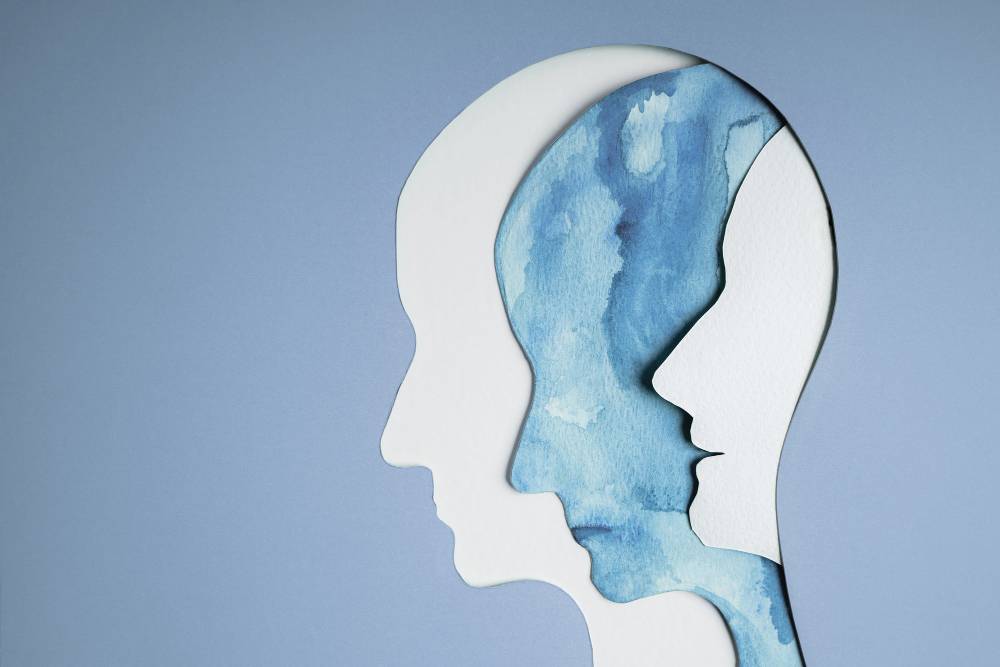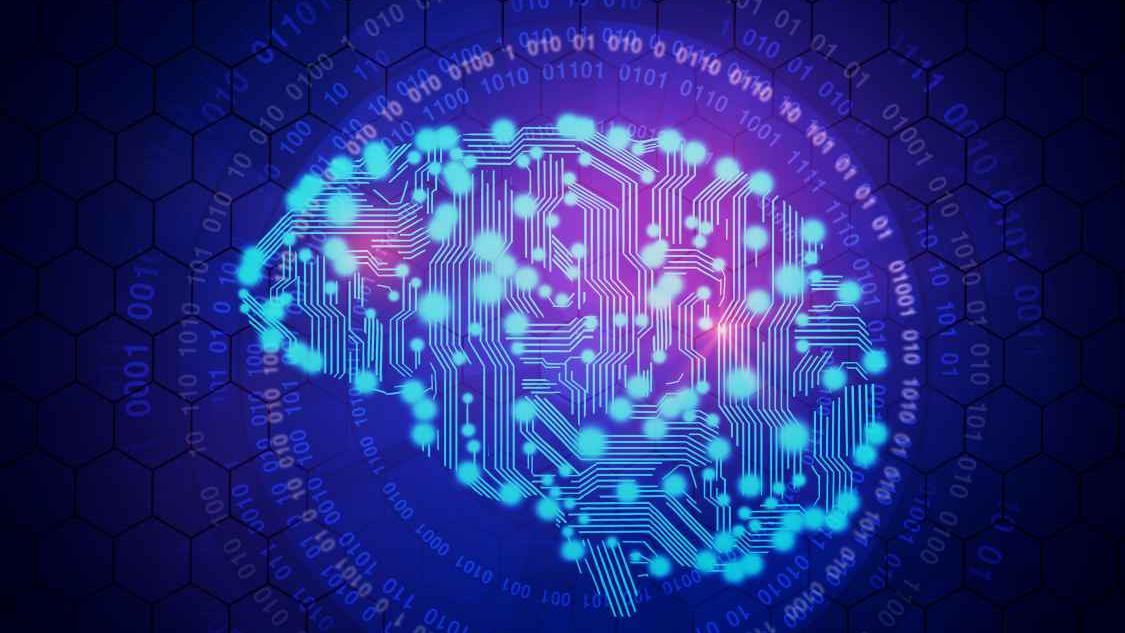Middle cerebral artery occlusion and gross neurological status upon HDACi treatment. Credit: Glia (2025). DOI: 10.1002/glia.70035
Stroke remains one of the leading causes of death, disability, increased economic burden and decreased quality of life around the world. Current stroke therapies are time-limited and largely focused on restoring blood flow, and there are few which address the secondary wave of inflammation that causes further injury in the hours and days after stroke.
A study by researchers from the Yong Loo Lin School of Medicine, National University of Singapore (NUS Medicine), has shown that a class of drugs, HDACi (histone deacetylase inhibitors), protects neurons and limits brain damage following stroke by altering the gene expression of microglia, the immune cells of the brain.
HDACi are currently used or being tested as treatments for certain cancers and are also being researched for neurological conditions such as Alzheimer's disease.
The study, led by Professor S Thameem Dheen, Dr. Kevin Jayaraj and Dr. Jai S. Polepalli from the Department of Anatomy at NUS Medicine could pave the way for new treatment strategies that restore brain function after ischemic stroke.
Prof S T Dheen said the findings show tremendous potential for clinical translation and other areas of neuropathology. "HDACi are already being explored in cancer and neurodegeneration therapy. What we now show is that they can be repurposed to dampen inflammation in the brain and promote recovery in stroke, through a microglia-centric mechanism."
Published in the journal Glia, the study demonstrates how microglia may shift from an inflammatory state to a protective one upon HDACi treatment, ultimately reducing brain damage and improving prospects for recovery in stroke.
Prof S T Dheen (right) and Dr. Kevin Jayaraj (left) review spatial transcriptomics data derived from the laboratory models. Credit: NUS Yong Loo Lin School of Medicine
Using cutting-edge molecular techniques such as spatial transcriptomics, which allows for the simultaneous genetic profiling of microglia across multiple regions of the stroke-affected brain, the researchers investigated how these immune cells respond to stroke and treatment.
In their laboratory models, blood flow in the middle cerebral artery was blocked to simulate stroke and HDACi therapy was administered. The treated models exhibited a 60% reduction in brain damage along with improved behavioral performance and remarkable changes in microglial dynamics: instead of driving harmful neuro-inflammation in stroke-affected brains, microglia from models treated with HDACi promote brain repair and neuronal survival.
By employing spatial transcriptomics, the team mapped the expression of thousands of genes at precise locations throughout the brain, uncovering how stroke alters key genetic pathways involved in cell survival, inflammation, neuroprotection, and phagocytosis (the process of clearing debris).
HDACi treatment was found to rescue these pathways, with different brain regions displaying unique patterns of microglial response, highlighting the brain's remarkable spatial precision during recovery.
The study's co-author Professor Thiruma V. Arumugam, from the Center for Cardiovascular Biology and Disease Research, La Trobe University, Australia, added, "HDACi drugs precisely reprogram microglia in stroke-affected brain regions, transforming them from inflammatory agents to healing promoters. By targeting these immune cells, our study has the potential to address both acute damage and long-term recovery post-stroke."
"Our study demonstrates for the first time that HDACi can restore neuroprotective gene activity in microglia in a region-specific manner across the brain, including critical areas such as the hippocampus, which is responsible for memory consolidation. More importantly, we have identified alternative targets that essentially represent an out-of-the-box approach for treating stroke and other conditions where neuroinflammation plays a significant role, " explained Dr. Jayaraj.
With the hope for a longer therapeutic window and a microglia-centered approach to other neurorehabilitation paradigms alongside stroke, the researchers aim next to develop therapies that act beyond the acute phase of stroke, reprogramming glial cells to support recovery, repair brain circuitry, and preserve neurological function.
More information: Kevin Jayaraj et al, Spatial Transcriptomic Analysis Reveals HDAC Inhibition Modulates Microglial Dynamics to Protect Against Ischemic Stroke in Mice, Glia (2025). DOI: 10.1002/glia.70035







Post comments